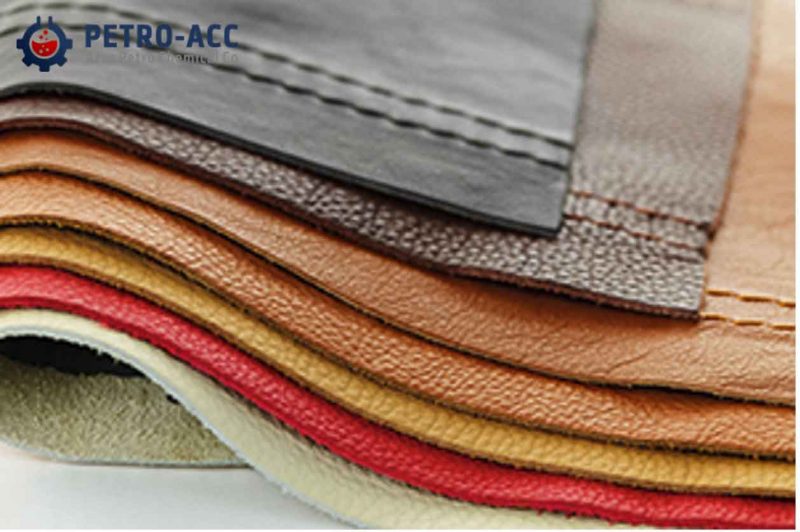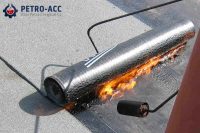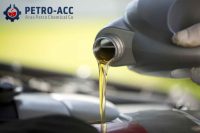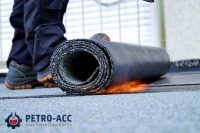LABSA uses in leather industries is common as a surfactant in various industries, including the leather industry. In leather manufacturing, LABSA is used for degreasing and emulsifying fats and oils from hides and skins.
The leather industry uses LABSA as a key component in the soaking and liming processes, where it helps to break down proteins and remove unwanted substances from the hides or skins. LABSA is also used in the tanning process, where it acts as a dispersing agent for the tanning agents, helping to evenly distribute them on the leather surface.
Moreover, LABSA is used as an acidifier in leather dyeing and finishing processes, which helps to stabilize the pH of the leather surface and facilitate the uptake of dyes and finishing agents.
Overall, LABSA plays an important role in the leather industry, where it helps to achieve better results in terms of quality, durability, and appearance of leather products.
BENEFITS OF USING LABSA IN LEATHER INDUSTRIES
The benefits of LABSA uses in leather industries is a versatile surfactant that has numerous industrial applications, including its use in the leather industry. Some of the benefits of using LABSA in leather industries include:
- Excellent wetting agent: LABSA has excellent wetting properties that allow it to penetrate deep into the leather, making it easier to dye and finish.
- Efficient emulsifier: LABSA acts as an emulsifier and can emulsify oils, fats, and waxes in leather processing. It helps to create a homogeneous mixture of the chemicals and materials used in the process.
- Good cleaning agent: LABSA is an effective cleaning agent and can be used to remove dirt and impurities from leather surfaces.
- Cost-effective: LABSA is a cost-effective alternative to other surfactants used in leather processing. It is readily available and relatively inexpensive compared to other surfactants.
- Stable: LABSA is a stable surfactant that does not break down easily, making it suitable for use in the harsh conditions of leather processing.
Overall, the use of LABSA in leather industries provides many benefits that help to improve the quality and efficiency of the leather processing operations.
METHODS OF USING LABSA IN LEATHER PRODUCTION
LABSA can be used in leather production for a variety of purposes, including as a surfactant, emulsifier, and dispersant. Here are some methods of using LABSA in leather production:
- Pretanning: LABSA can be used as a pretanning agent to improve the penetration and distribution of tanning agents. It can be added to the soaking solution before tanning to help prepare the leather for the tanning process.
- Wetting agent: LABSA can be used as a wetting agent to improve the wetting properties of the leather. It can be added to the soaking solution or to the drum during the tanning process.
- Emulsifier: LABSA can be used as an emulsifier to help disperse fats and oils in the leather. It can be added to the fatliquoring solution to improve the penetration and distribution of the fatliquor.
- Degreasing: LABSA can be used as a degreasing agent to remove excess fats and oils from the leather. It can be added to the degreasing solution to help break down and remove the oils.
- Dispersant: LABSA can be used as a dispersant to help disperse pigments and dyes evenly throughout the leather. It can be added to the pigment or dye solution to help ensure even coloration.
When using LABSA in leather production, it is important to follow proper safety guidelines and to use the correct amount for the desired effect. LABSA should be handled with care and kept away from children and animals.
HOW LABSA DECREASES LEATHER PRODUCTION COSTS
By using LABSA in the leather production process, the following cost-saving benefits can be achieved:
- Reduced chemical costs: LABSA can replace more expensive surfactants and detergents, reducing the cost of chemicals required in the leather production process.
- Increased yield: LABSA can help increase the yield of leather production by improving the quality of the leather and reducing waste. This can result in cost savings by reducing the amount of raw materials needed to produce a certain amount of leather.
- Improved efficiency: LABSA can increase the efficiency of the leather production process by reducing the time and energy required to produce high-quality leather. This can result in cost savings by reducing the overall production time and energy costs.
Overall, by using LABSA in the leather production process, leather manufacturers can achieve cost savings by reducing the cost of chemicals, increasing yield, and improving efficiency.









Leave A Comment